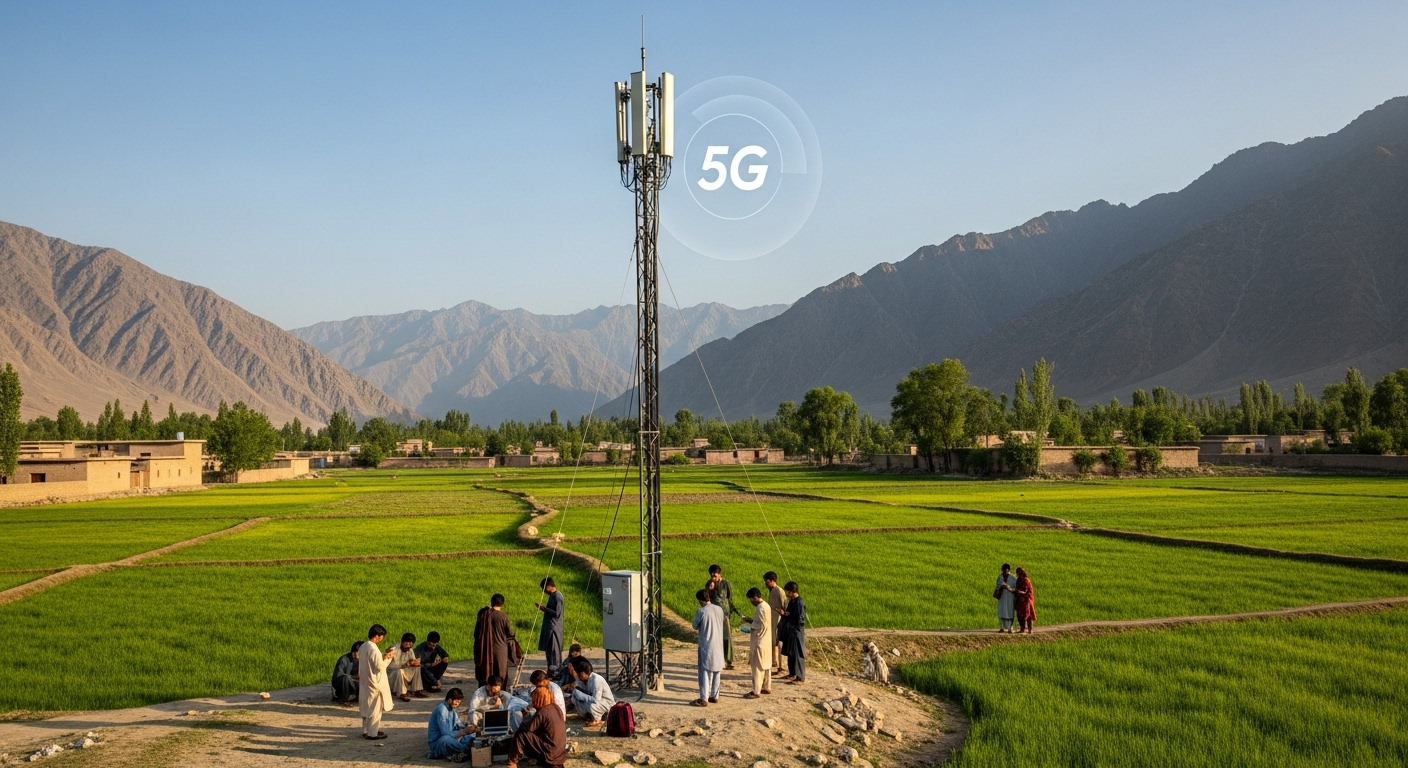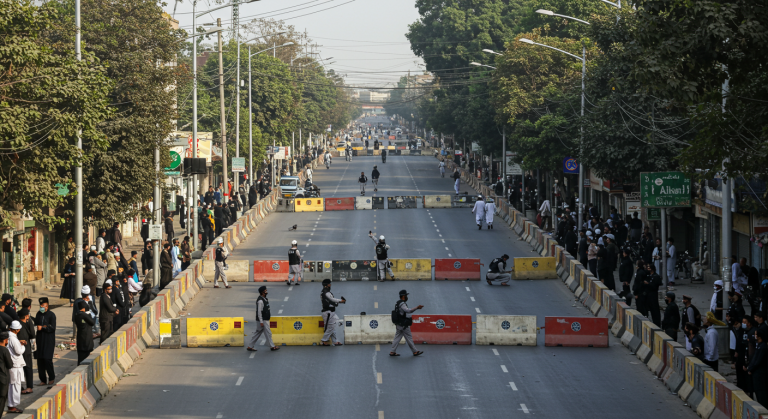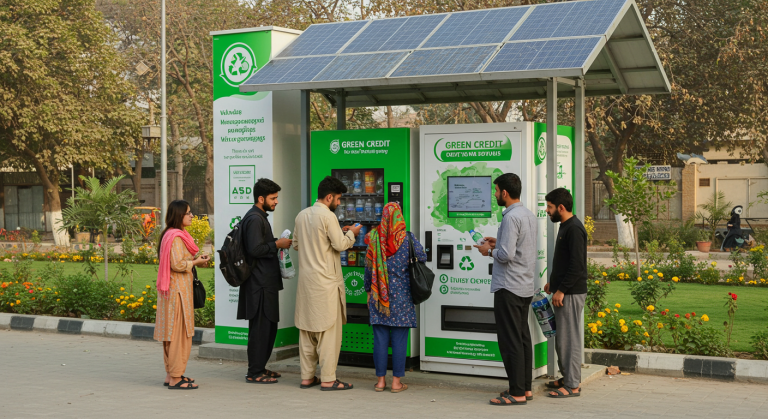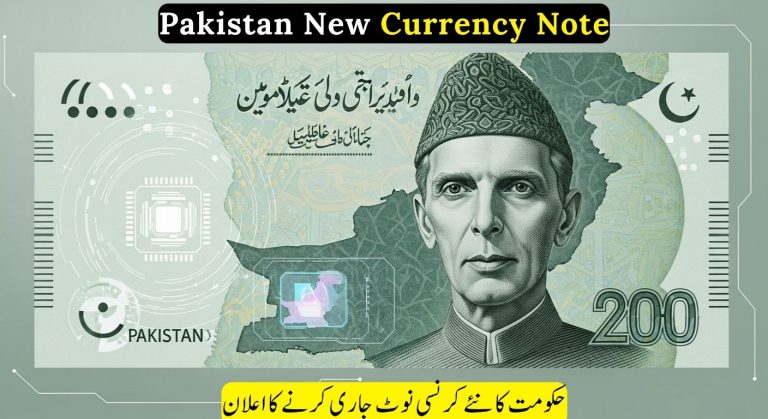5G Expansion in Remote Areas: Government and Private Sector Join Hands to Bridge Digital Divide
Islamabad (Staff Report) – In a significant step towards technological advancement and digital inclusivity, the Government of Pakistan has partnered with leading telecom operators and tech companies to roll out 5G services in the country’s remote and underserved regions. This initiative marks a major milestone in the country’s digital transformation agenda and promises to bridge the growing gap between urban and rural connectivity.
The Digital Divide: A Longstanding Challenge
Pakistan has made remarkable progress in mobile broadband over the past decade, with 4G networks covering a vast majority of urban areas. However, rural and mountainous regions, particularly in Balochistan, Gilgit-Baltistan, and South Punjab, continue to face connectivity challenges. Slow internet speeds, poor infrastructure, and lack of investment have left millions without reliable access to modern communication services.
According to data from the Pakistan Telecommunication Authority (PTA), nearly 40 million people in Pakistan still do not have access to high-speed internet. The government believes that addressing this digital divide is not only a matter of connectivity but also one of economic opportunity and social inclusion.
The 5G Initiative: Vision and Execution
Earlier this year, the Ministry of Information Technology and Telecommunication (MoITT) announced its “Digital Pakistan: 5G for All” plan, focusing on the phased introduction of 5G networks in rural districts. The first phase targets areas with limited broadband coverage but high demand for mobile connectivity, such as parts of Khyber Pakhtunkhwa and remote villages in Sindh.
To implement this, the government has formed strategic partnerships with major telecom providers like Jazz, Zong, Telenor, and Ufone, along with global technology companies including Huawei and Ericsson. These companies are jointly investing in upgrading infrastructure, deploying 5G base stations, and providing training to local technicians.
“We are committed to bringing the benefits of high-speed connectivity to every Pakistani citizen, regardless of where they live,” said Federal IT Minister Dr. Umar Saif, while speaking at a recent conference in Islamabad. “5G is not just about faster internet—it’s about enabling smart agriculture, digital education, remote healthcare, and e-commerce in areas that have long been left behind.”
Incentives and Infrastructure Development
The government has also announced tax breaks and financial incentives to attract private investment in low-profit, high-risk rural areas. Additionally, the Universal Service Fund (USF) is playing a crucial role by funding 5G tower installations in hard-to-reach locations.
Initial pilot projects have already begun in selected parts of Gilgit-Baltistan and Chagai (Balochistan). Local residents have welcomed the move, citing better communication, online job access, and improved educational tools as direct benefits.
One such beneficiary, Sajjad Hussain, a school teacher in Skardu, expressed his excitement: “For years we relied on patchy signals and slow internet. Now, with the new 5G tower nearby, my students can attend online classes and explore educational content that was once out of reach.”
Challenges on the Road Ahead
Despite the optimism, the road to nationwide 5G access in remote regions isn’t without hurdles. Harsh terrain, security concerns in border areas, and electricity shortages can delay progress. Furthermore, affordability of 5G-enabled devices is another challenge for rural populations with lower income levels.
To counter this, telecom companies are planning to introduce low-cost 5G smartphones and data plans tailored for rural users. Government-backed training programs are also being introduced to educate communities on how to make the best use of new technologies for farming, healthcare, and small businesses.
Impact on National Development
Experts believe the impact of rural 5G expansion could be transformative. It is expected to enhance precision farming, improve telemedicine facilities, and create new economic opportunities through e-commerce and digital entrepreneurship. Moreover, it may attract tech investment in smaller cities and towns, reducing pressure on major urban centers.
Dr. Sadia Anwar, a digital policy analyst, said, “Pakistan’s future depends on how well we integrate technology into the lives of all citizens—not just the urban elite. This initiative is a major step in that direction.”
Conclusion: Towards an Inclusive Digital Future
The collaborative 5G rollout in Pakistan’s remote areas is more than just a technological upgrade—it’s a promise of equality, progress, and empowerment. With continued commitment from both the public and private sectors, Pakistan is poised to build a truly inclusive digital economy, where opportunities are no longer bound by geography.
As the program gains momentum, all eyes will be on how effectively these collaborations turn vision into reality—and how soon the remotest corners of Pakistan will join the global 5G revolution.






